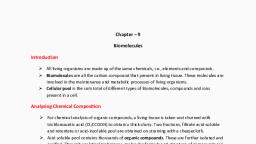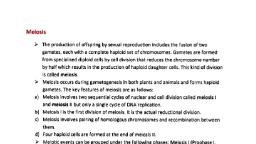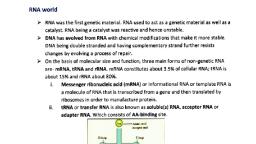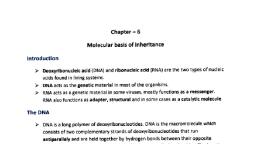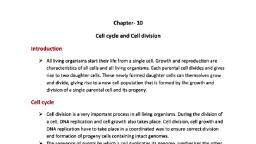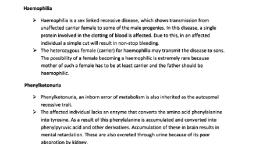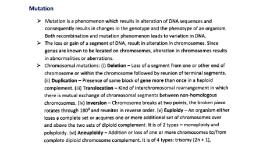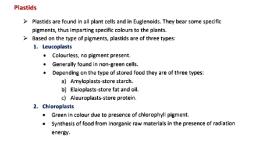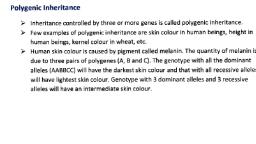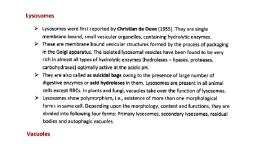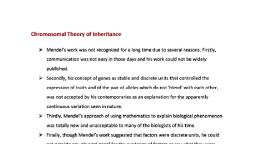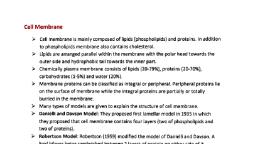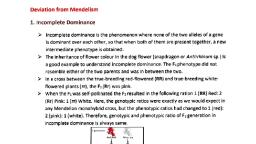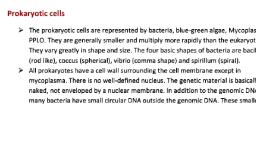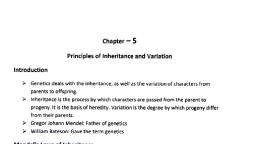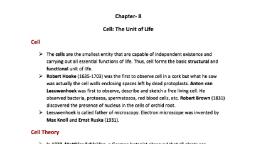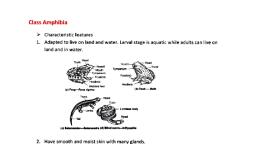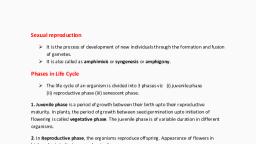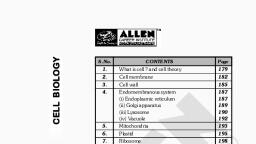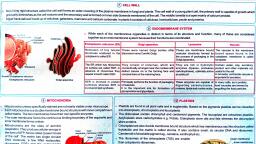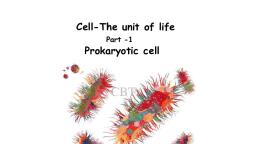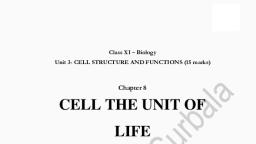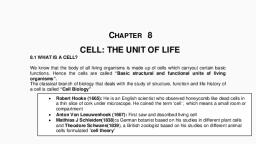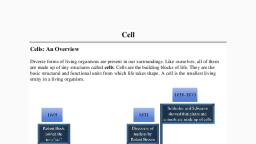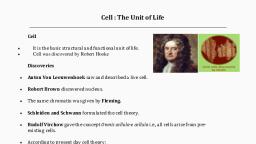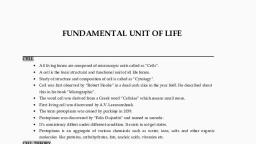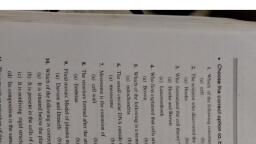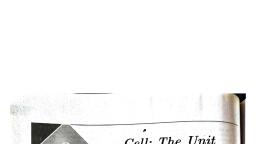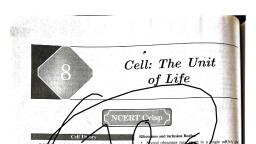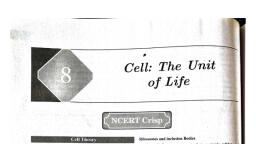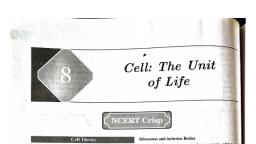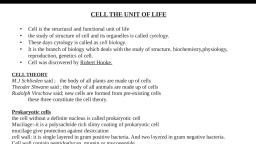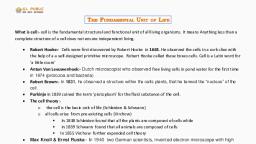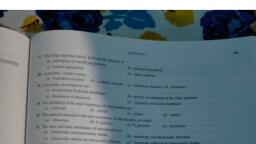Page 1 :
Cell wall, I t is the non living rigid, protective and semi-transparent outer covering present in, plant cells, fungi and some protists., , Algae have cell wall made of cellulose, galactans, mannans and minerals like calcium, carbonate. In plants it consists of cellulose, hemicelluloses, pectins and proteins. A, cell wall has three parts: primary wall, middle lamella and secondary wall., , Primary wall: The cell wall of a young plant cell is called primary wall. It is, first formed wall of the cell. It is capable of growth, which gradually, diminishes as the cell matures., , Secondary, , wall: It is produced in some mature cells when the latter have, , stopped growth, e.g., tracheids, vessel elements, fibres. It is formed on inner, side of the cell., , Middle lamella: It is a layer mainly of calcium pectate which holds the, different neighbouring cells together. The cell wall and middle lamellae may, be traversed by plasmodesmata which connect the cytoplasm of, neighbouring cells., Middle lamella, , Middle, , Primary wall, , Primary, , Secondary, , lamella, , Wall, , wall layers, , Lumen, Secondary, , layers, T.S.of a plant cell, , L.S. Cell walls of, two adjacent cells, , Functions, 1. Provides shape and rigidity to cell., 2. Protects protoplasm from mechanical injury., , 3. Counteracts osmotic pressure and prevents bursting of plant cells by inhibiting, excessive endosmosis., , Structural element of cell wallis microfibrils., , Primary wall, , is the first formed wall, , of the cell
Page 2 :
During ripening ofa fruit, it becomes soft and pulpy due to dissolution of middle, lamella., Plasmodesmata are the protoplasmic strands between adjacent plant cells., , Endomembrane system, It consists of membrane bound organelles which function in close coordination with, one another, viz., endoplasmic reticulum, Golgi complex, lysosomes and vacuoles., , Endomembrane system is used to process, sort and recycle proteins, with specific, targeting of membrane traffic., , Endoplasmic reticulum, , Endoplasmic reticulum is a network oftubular structured in the cytoplasm. They, divide intracellular space in two compartments, i.e., luminal and extra luminal., The endoplasmic reticulum is composed of the following three kinds of structures, (i) cisternae which occur in those cells which have synthetic roles, (i) tubules which, , are involved in lipid and sterol synthesis and (l) vesicles that are membrane-bound, vacuolar structures., , The ER is oftwo types: (i) Smooth endoplasmic reticulum (SER): Consists mainly of, tubules and vesicles and (ii) Rough endoplasmic reticulum (RER): Consists of, cisternae. It has ribosomes attached on its cytoplasmic surface., Nucleus, - Nuclear pore, , Rough, , reticulum, , Ribosome, , Smooth, , Endoplasmic, retieulum, , Fig.: Endoplasmic reticulum, , Functions: (i) RER is actively involved in protein synthesis and secretion. (i) RER, bears enzymes for glycosylation and enzyme precursors for the formation of, , lysosomes by Golgi complex. (ii) The smooth endoplasmic reticulum is the major site, for synthesis of lipids. In animal cells lipid- like steroid hormones are synthesized in, SER. (iv) SER helps in detoxification of drugs/xenobiotics.
Page 3 :
Golgi apparatus, Camillo Golgi first observed Golgi bodies in the form of a network in nerve cells of, barn owl and cat. Golgi bodies are present in all eukaryotic cells except in male, , gametes of bryophytes and pteridophytes, mammalian RBCs, sieve tubes of plants, and in cells of fungi., In animal cells, Golgi apparatus is either single or consists of a single connected, , complex. In plant cells, Golgi apparatus is formed of unconnected units called, , dictyosomes., Golgi complex is made up of four parts: cisternae, vesicles, tubules and vacuoles., , Cisternae are flat, disc-shaped sacs of 0.5 um to 1 um diameter. These are stacked, paralled to each other. Varied number of cisternae are present in Golgi complex. The, Golgi cisternae are concentrically arranged near the nucleus with distinct convex cis, or the forming face and concave trans or the maturing face., , Cisternae, , Fig.: Golgi apparatus, , Functions, 1. Packaging and storage of materials. Materials to be packaged in the form of vesicles, from the ER fuse with the cis face of the Golgi apparatus and move towards the, maturing face., 2. Proteins synthesised by ribosomes on the endoplasmic reticulum are modified in the, , cisternae of the Golgi apparatus before they are released from its trans face., 3. Acrosome formation during spermatogenesis with the help of Golgi vesicles., 4. Glycosylation of proteins and lipids to form glycoproteins and glycolipids that are, involved in cell recognition and adhesion.

